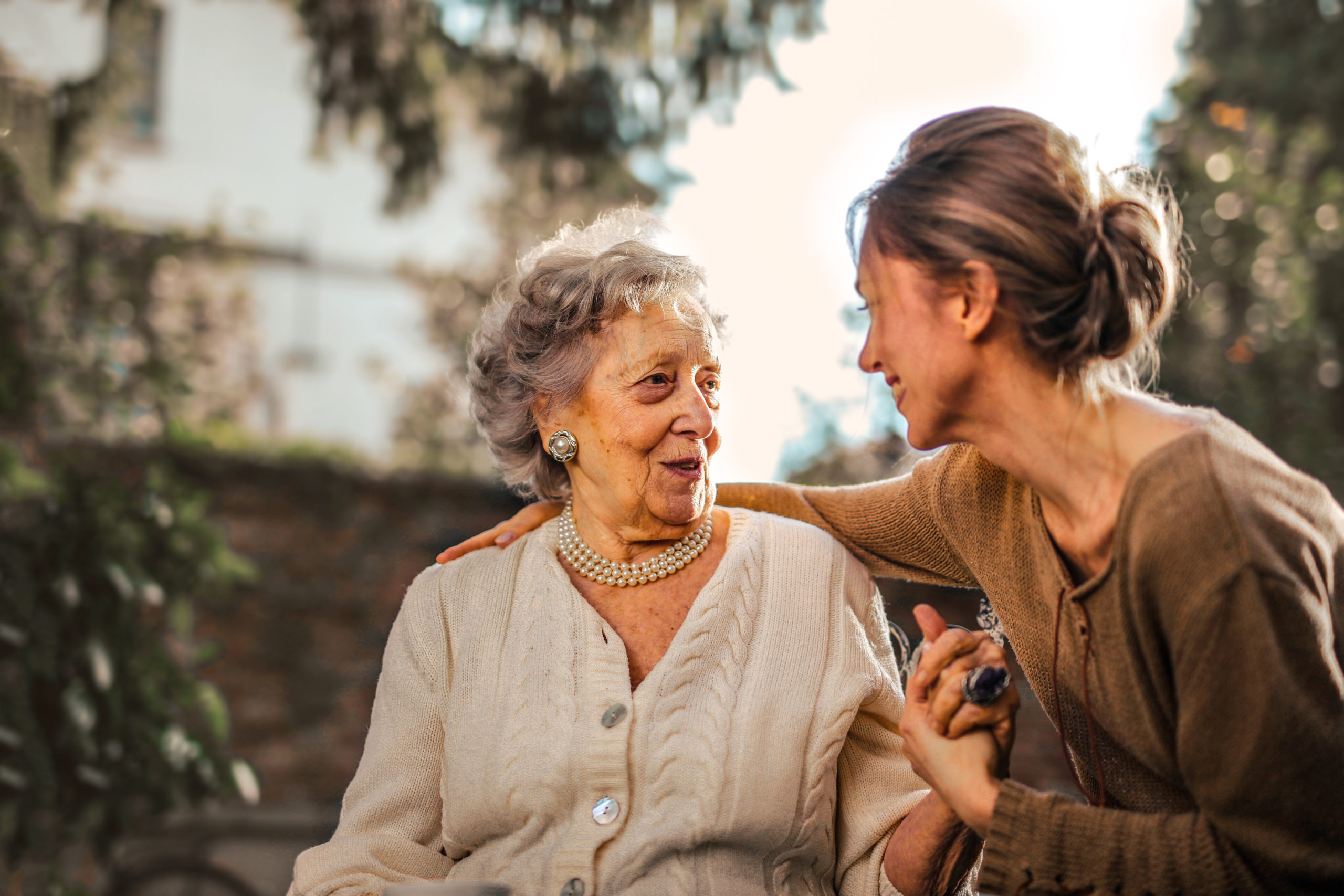Making God-Honoring Decisions
We make decisions every day, even every minute, without realizing it. We make decisions about what to wear, what route to take to work, what to cook for supper, when to do household chores, and how to do them, to name a few. These types of decisions are viewed as trivial, and the fear of making the wrong one is typically low. These decisions can easily be changed, and there are several right ways to do them. Some decisions in life are more permanent and less likely to be easily or frequently changed. Fear and Anxiety and God-Honoring Decisions Fear and anxiety in decision-making can be debilitating. Some will date the same person for years for fear that if they get married, it will be to the wrong person, or for fear of it ending in divorce. Some will struggle in a job and not apply for a new job for fear of it being the wrong job, the wrong company, or not enough pay or stability. Anxiety is the fear of the unknown. We will continue in something that is not best for the sole reason of it being the known. Remind yourself that the unknown becomes the known relatively quickly. When you start a new job, it is the unknown, and after you have been there for a few days or months, it becomes more and more known. We want to make the right decision and want it to be so clear that we can’t make a mistake. A billboard or writing in the sky would be nice and clear, but where would our faith be if that were how God communicated to us about His will and direction in our lives? Decision-making takes multiple parts of the brain. The brain is a meticulously designed machine that [...]












